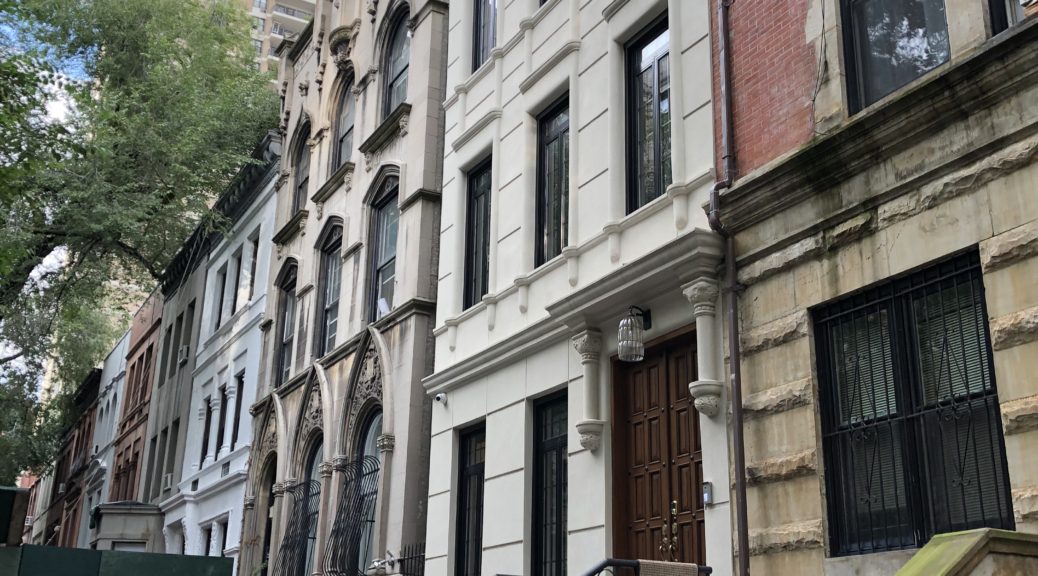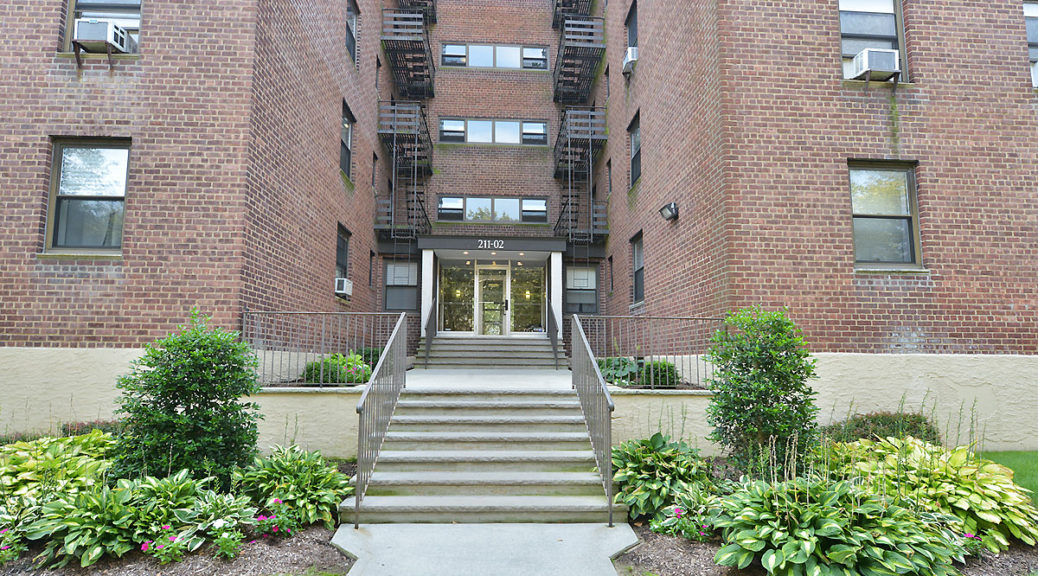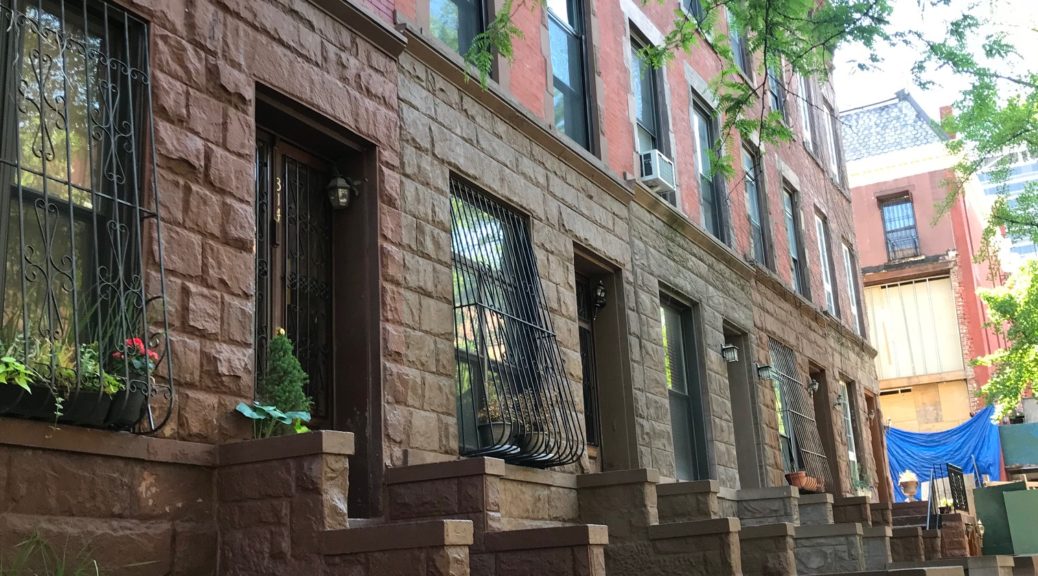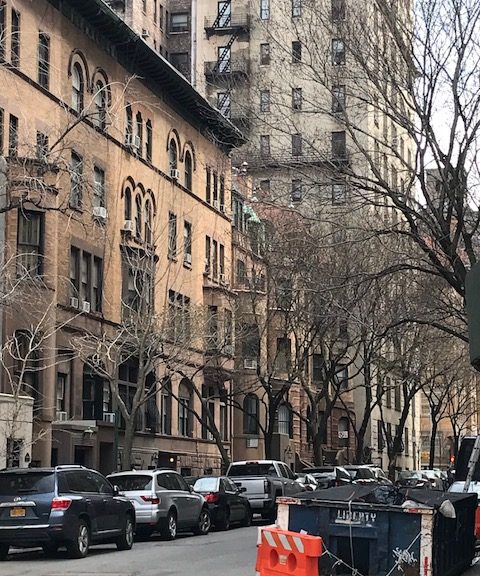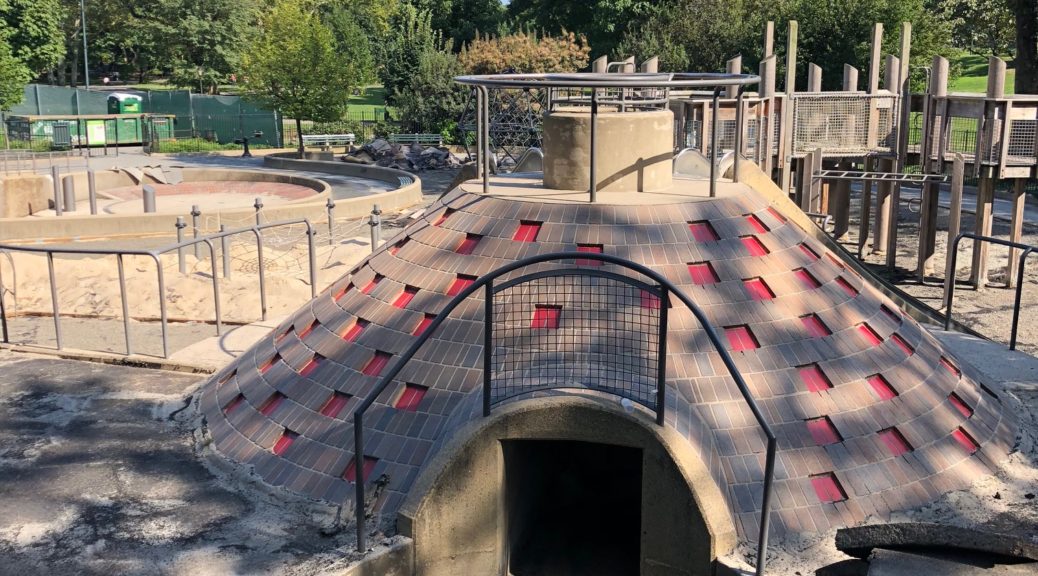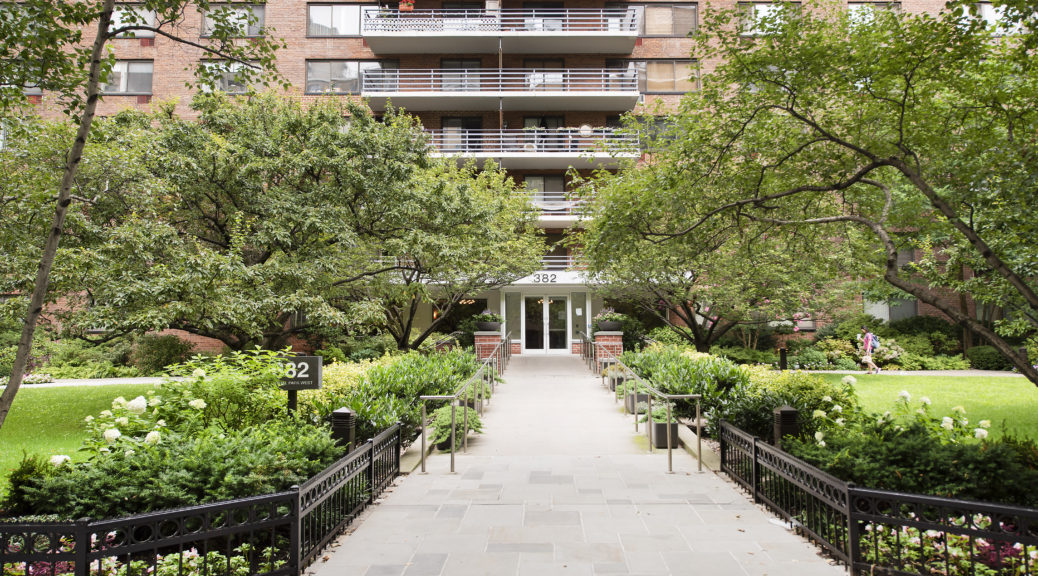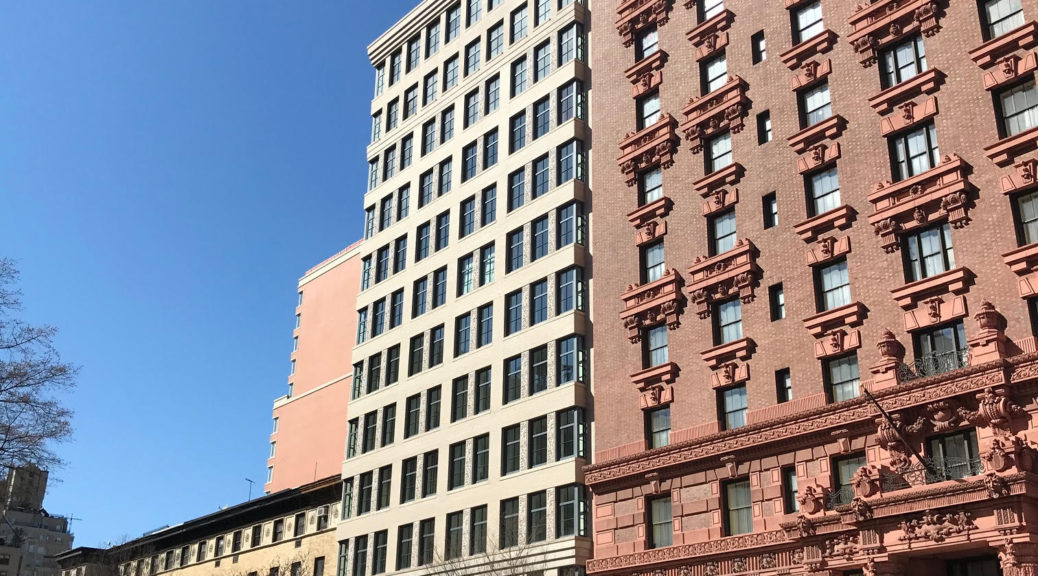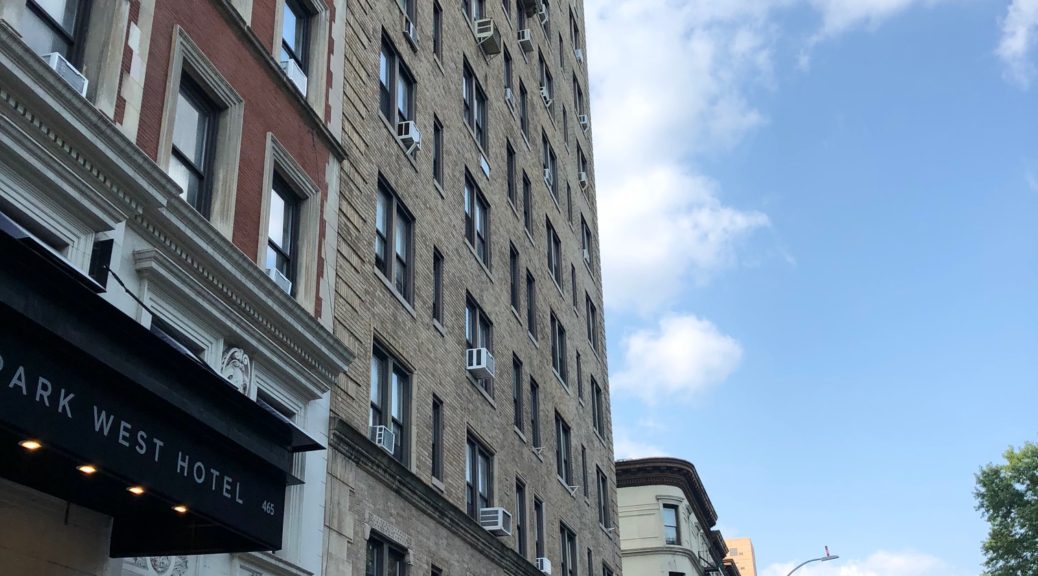During the months of June, July and August, 16 new Harlem townhouse listings came on the market combined. Apparently, the summer lull is over, as 20 new Harlem townhouse listings came on the market in September.
The least expensive listing was $1.399 million for a Convent avenue building sold without interior access. The most expensive townhouse offering was a property that sold a year ago and now is back on the market for $5.25 million at 730 St Nicholas.
While, 20 townhouses were listed for sale, only 1 was sold during the month of September. The property an SRO with over $40,000 in annual taxes is a 19′ wide, 5 story building near Striver’s Row. It transferred for $2.4 million. The below table shows the breakdown of the new listings by price range.
| < $2 million | 5 |
| $2-$2.99 million | 40 |
| $3-3.99 million | 31 |
| > $4 million | 8 |
| Total | 84 |
The average days on the market has increased to 122 days. Today, Sunday, September 30th, there are 34 open houses scheduled.
August Harlem townhouse market
Harlem townhouse July market report
The Author- ![]() Brian Silvestry , a licensed real estate broker, has been selling residential and commercial real estate since 1999. He has sold in every neighborhood from Battery Park City to Washington Heights.
Brian Silvestry , a licensed real estate broker, has been selling residential and commercial real estate since 1999. He has sold in every neighborhood from Battery Park City to Washington Heights.
